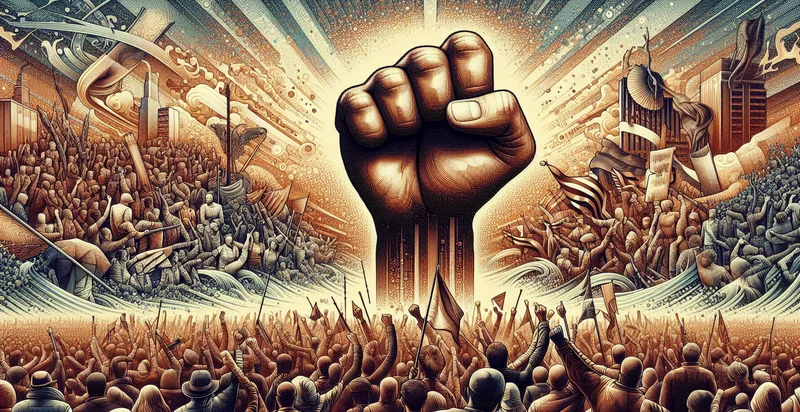Identify filter state
using AI
Below is a free classifier to identify filter state. Just upload your image, and our AI will predict what state of matter it is - in just seconds.

Contact us for API access
Or, use Nyckel to build highly-accurate custom classifiers in just minutes. No PhD required.
Get started
import nyckel
credentials = nyckel.Credentials("YOUR_CLIENT_ID", "YOUR_CLIENT_SECRET")
nyckel.invoke("filter-state", "your_image_url", credentials)
fetch('https://www.nyckel.com/v1/functions/filter-state/invoke', {
method: 'POST',
headers: {
'Authorization': 'Bearer ' + 'YOUR_BEARER_TOKEN',
'Content-Type': 'application/json',
},
body: JSON.stringify(
{"data": "your_image_url"}
)
})
.then(response => response.json())
.then(data => console.log(data));
curl -X POST \
-H "Content-Type: application/json" \
-H "Authorization: Bearer YOUR_BEARER_TOKEN" \
-d '{"data": "your_image_url"}' \
https://www.nyckel.com/v1/functions/filter-state/invoke
How this classifier works
To start, upload your image. Our AI tool will then predict what state of matter it is.
This pretrained image model uses a Nyckel-created dataset and has 15 labels, including Abnormal Flow, Clean, Clogged, Dirty, Full Contamination, Functional, High Filtration, Low Filtration, Non-Functional and Normal Flow.
We'll also show a confidence score (the higher the number, the more confident the AI model is around what state of matter it is).
Whether you're just curious or building filter state detection into your application, we hope our classifier proves helpful.
Related Classifiers
Need to identify filter state at scale?
Get API or Zapier access to this classifier for free. It's perfect for:
- Social Media Content Moderation: This function can be utilized by social media platforms to identify and filter out images that have been manipulated or falsely represented. By automatically flagging these images, platforms can improve user trust and reduce the spread of misinformation.
- E-commerce Product Verification: Online retailers can apply this classification function to verify the authenticity of product images uploaded by sellers. It helps ensure that customers view genuine images, reducing the risk of counterfeit products and enhancing the overall shopping experience.
- News Media Integrity Assurance: News outlets can implement this function to check the authenticity of images shared in articles. By filtering out false or altered images, they can maintain credibility and provide their audience with accurate visual information.
- Advertising Compliance: Advertising agencies can use this identification function to ensure that the images used in advertisements are not misleading or falsely represented. This helps comply with regulations and maintain ethical marketing practices.
- Intellectual Property Protection: Companies can leverage this function to protect their intellectual property by identifying unauthorized or altered images of their products. This proactive approach can mitigate brand damage and legal issues related to image misuse.
- Art and Cultural Heritage Preservation: Museums and cultural institutions can use this function to verify the authenticity of images related to art and artifacts. By filtering out manipulated images, they can ensure accurate representation and preserve cultural integrity for educational purposes.
- Automated Surveillance Systems: Security firms can integrate this function into surveillance systems to identify false imagery or manipulated footage. It enhances the reliability of monitoring systems and aids in maintaining security by ensuring that the captured images reflect reality.


